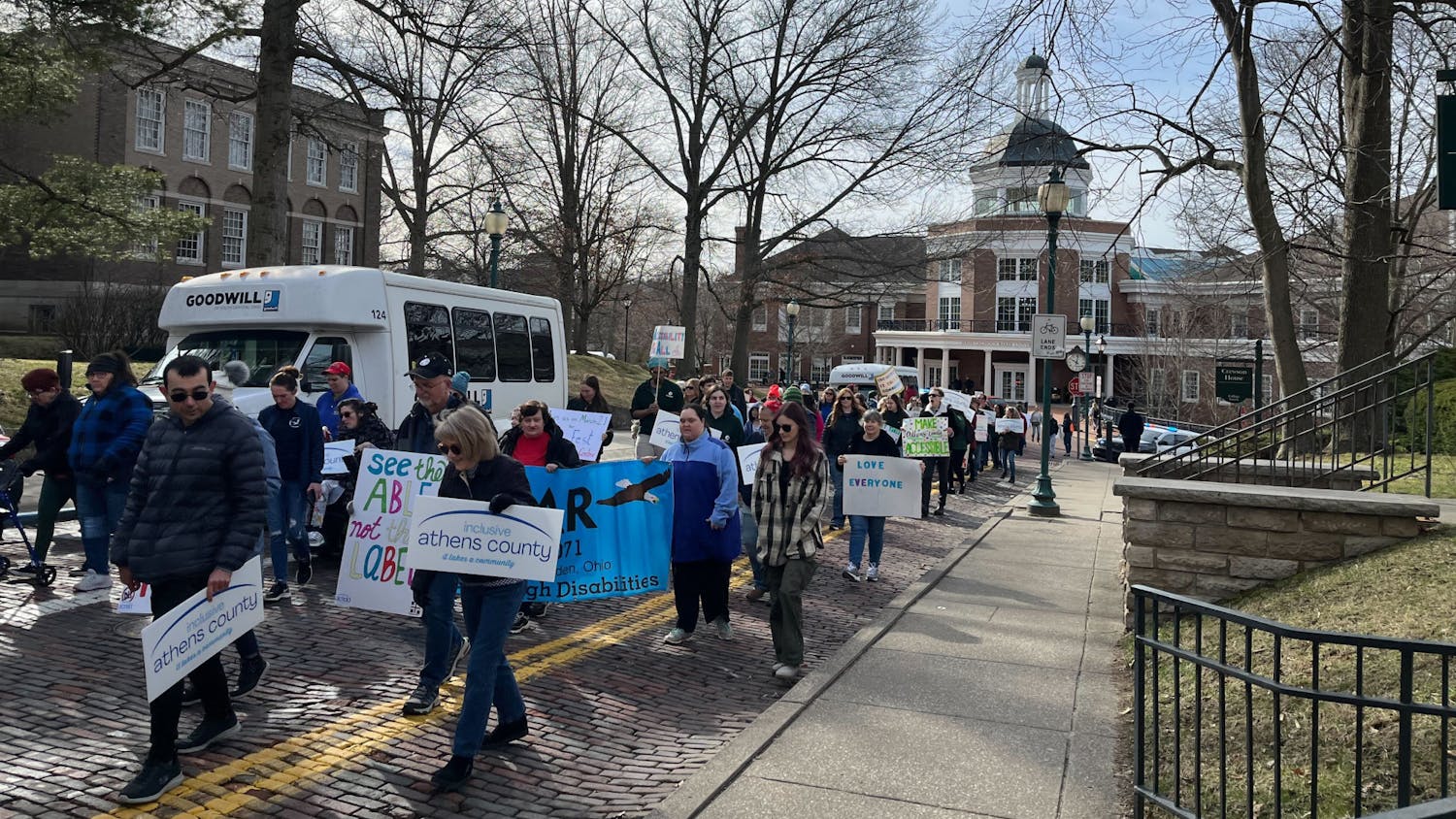For those who have them, grassy lawns exert a stranglehold over our lives. During times of peak growth, they need mowing weekly. Depending on the conditions of where you live, they may need regular watering as well as applications of fertilizers and pesticides. If the grass dies out – as it often does – lawn curators must replant and tend to new grass to mend the hole in the green blanket.
Lawns are so finicky and need so much coddling because most of the grass varieties we use in lawns don’t really belong in Ohio in the first place. Kentucky bluegrass, the most common lawn grass in Ohio, isn’t from Kentucky at all; it’s actually native to Europe and Asia. The same goes for perennial ryegrass. Tall fescue is native to Europe and North Africa. In other words, these common yard grasses need a little extra upkeep to survive in places where they aren’t endemic – like Ohio.
These European grasses were initially brought to the Americas by English colonists as nutritious feed for new livestock. They remained and became implicated in our residential aesthetic as a vestige of 17th century standards of European aristocracy. Today, a well-maintained lawn is one of a host of symbols of the American obsession with status.
However, stewardship of species that aren’t native requires inputs that render caring for lawns not just monetarily but also environmentally costly. The gasoline we use to power mowers emits pollution into the atmosphere. The fertilizers we lay on our lawns find their way into water systems and wreak havoc. The pesticides we apply harm much more than their intended victims, with adverse effects having been documented on wildlife, pets and children. While slightly less significant in places like Ohio, watering lawns diverts water from systems already facing severe drought, such as in the West.
This is why people are increasingly moving beyond the archaic notions of beauty that promote grassy lawns, instead favoring native plantings, which require much fewer inputs to thrive. Yards planted with native species don’t just reduce the negative externalities wrought by grassy lawns – they also offer numerous benefits. Obviously, yards with native growth create better habitats for native life. Larger plant species act as carbon “sinks,” sequestering carbon that may otherwise be released into the atmosphere as a greenhouse gas. Large species may also help filter out pollutants. Finally, native plantings are simply more beautiful and interesting to look at than traditional grassy lawns.
In Ohio, there are several ways to create a yard that better conforms to the climate and ecosystem. If you live in a forested area, the best strategy may be to simply let your yard return to the forest, either by actively planting native tree and shrub species or by passively letting nature take its course. In other areas, planting native grasses to recreate a prairie landscape could be a good option. In places where taller plants are not practical or allowed, native wildflower and groundcover varieties might be the way to go.
Ecosystems vary rather widely across Ohio and even within counties, and whether you live in an urban, suburban or rural neighborhood also makes a difference. So, before selecting which lawn alternatives are best for you, be sure to consult local experts and guidelines. Whichever path you take, choosing a lawn alternative saves you time and money in the long run, and it is a superb way to live a more sustainable lifestyle.
Sam Smith is a senior studying geography at Ohio University. Please note that the views and opinions of the columnist do not reflect those of The Post. Want to talk more about it? Let Sam know by tweeting him @sambobsmith_.






